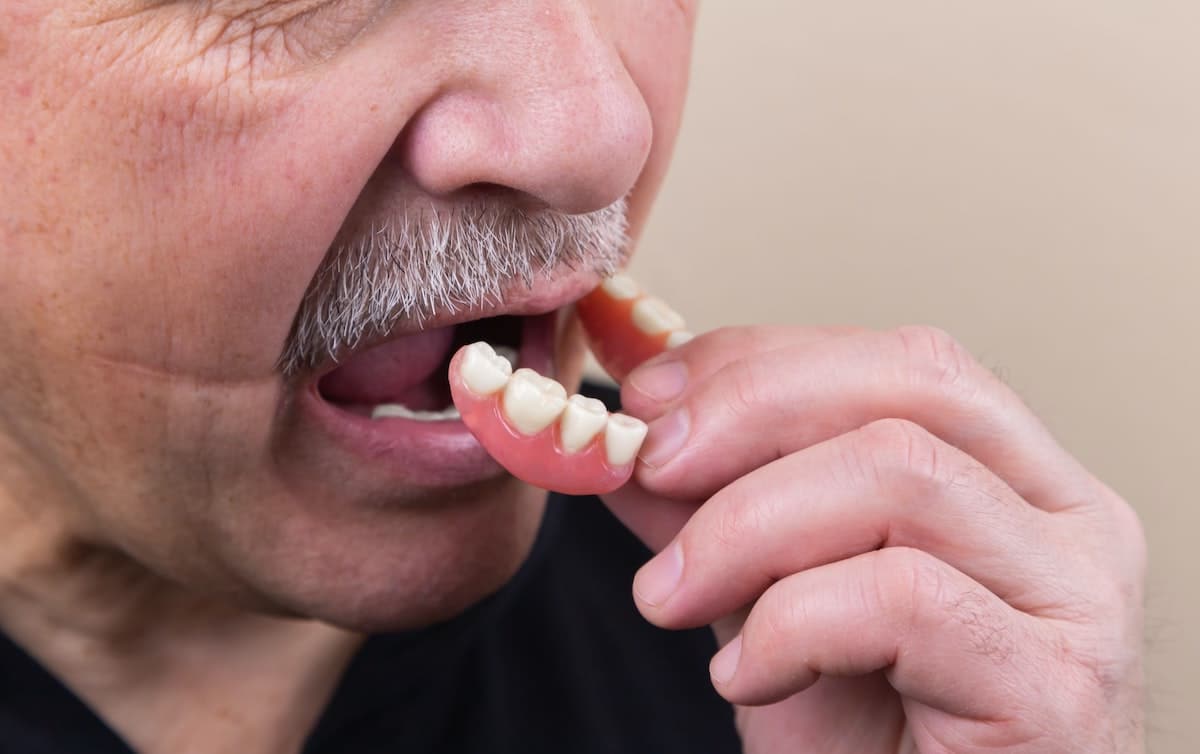Table of Contents
Losing a tooth can be a difficult experience, but with technological advancements in modern dentistry, there are many options available for restoring your smile. Dental implants have become one of the most popular and effective solutions for missing teeth.
In this article, we’ll take a closer look at dental implants and the benefits they offer, as well as the implant process and the latest technologies involved in the dental implant procedure, including digital X-rays.
What Are Dental Implants?
Dental implants are artificial tooth roots that provide a permanent base for fixed or removable replacement teeth. They are made from titanium and other materials that are compatible with the human body. The implant is placed into the jawbone and acts as a sturdy anchor for the replacement tooth, which is made to look and function just like a natural tooth.
The Benefits of Dental Implants
There are many benefits to choosing dental implants with advanced technology as a solution for missing teeth. Some of the most notable include:
- Improved appearance: Dental implants look and feel just like natural teeth, and are custom-made to match your existing teeth. This means that they blend in seamlessly with your smile and help to restore your confidence.
- Enhanced function: Implants are designed to work just like natural teeth, allowing you to eat, speak, and smile with ease.
- Durable and long-lasting: Implants are made from durable materials and are designed to last for many years with proper care.
- Convenient: Unlike dentures, implants don’t need to be removed for cleaning and maintenance, making them a convenient and hassle-free option.
The Dental Implant Process
The dental implant process usually involves several appointments and can take several months to complete. The steps of the process include:
- Initial consultation: During your first appointment, your dentist will evaluate your oral health, take X-rays, and discuss your goals and expectations to determine if dental implants are the right choice for you.
- Planning and preparation: Once it’s been determined that you’re a good candidate for implants, your dentist will plan the placement and design of the implants, taking into account factors such as your jawbone density, the number and location of missing teeth, and your bite and chewing patterns.
- Placement of the implants: The implants are surgically placed adjacent to the jawbone, where they will fuse with the bone and provide a sturdy base for the replacement teeth.
- Healing: After the implants are placed, you’ll need to allow time for the bone and implant to heal, which can take several months. During this time, temporary teeth may be placed to allow you to eat and speak normally.
- Placement of the replacement teeth: Once the implants have healed, your dentist will attach the replacement teeth to the implants, restoring your smile and improving your ability to chew and speak.
Digital X-Rays and Dental Implants
The field of dental implants is constantly evolving, with new technologies and techniques being developed to improve the implant process and provide better outcomes for patients. One of the most significant advancements in recent years has been the use of digital X-rays in the planning and placement of implants.
Digital X-rays offer several benefits over traditional X-rays, including:
- Faster, easier imaging: Faster imaging reduces the time and discomfort involved in the implant process.
- More accurate planning: Highly detailed images of the jawbone and teeth allow dentists to plan the placement of dental implants more.
- Better visualization: With digital X-rays, dentists can easily zoom in and out, rotate, and view the images from different angles, which makes it easier to visualize the details of the jawbone and surrounding tissues, and craft the best treatment plan.
- Reduced radiation exposure: Digital X-rays use lower doses of radiation compared to traditional X-rays, making them a safer option for patients.
- Improved communication: Digital files can be easily shared and discussed with other dental professionals, making it easier for dentists to collaborate and provide the best treatment for their patients.
Technology Innovation Related to Dental Implants
The following dental technologies allow the dental implant process to be conducted faster and more efficiently:
- Computer-guided implant placement: This technology allows dentists to plan and place dental implants with precision using 3D imaging and computer software. This reduces the need for guesswork and manual adjustments and increases the accuracy of implant placement.
- Laser-assisted surgery: Some dentists use laser technology to prepare the gum tissue and the jawbone for dental implant placement. This can result in faster healing, reduced swelling, and less discomfort for patients.
- CAD/CAM technology: This technology is used to design and manufacture custom-fit dental crowns, bridges, and abutments for dental implants. With CAD/CAM, dentists can create highly accurate and precise restorations that fit perfectly and look natural.
- Bone grafting materials: For patients with insufficient jawbone strength to support dental implants, dentists can use bone grafting materials to build up the jawbone and create a strong foundation for implants. New advances in bone grafting materials, including synthetic and biological materials, have made the process faster, more convenient, and more predictable.
The Last Word
Dental implants have revolutionized the way that people restore their smiles after losing teeth. With the many benefits they offer, and the advances in technology that make the implant process easier, faster, and more accurate, it’s no wonder that dental implants have become one of the most popular solutions for missing teeth. Whether you’re missing one tooth or several, dental implants can help you restore your smile and your confidence, so that you can enjoy life to the fullest.
Image Credit: Photo by Diana Polekhina on Unsplash


